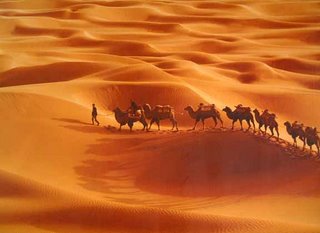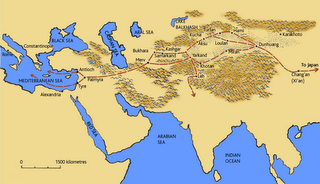Common Mistakes for Source Based Questions
Example1 (Question 2):
Both Sources A and B show that they are in frequent contact with foreign countries, this in turn cause the culture of the Tang to be more splendid and diverse. Both sources also show that they had many cultural achievements, such that the arts had reached a high level of excellence.
Learning Points
1) Notice that this answer is very generalised. The author made no attempts to give and explain evidence from the respective sources. She merely assumes that both sources give the same points which in effect, both sources show similar points but not exactly the same.
2) Always give evidence from the source. Notice that the answer does not contain specific evidence from the source.
3) It would be useful to give an answer like this:
Both Sources A and B show that they are in frequent contact with foreign countries thus resulting in a diverse culture. This is seen in Source A where different religions existed in Chang'an. SIMILARLY, this is also seen in Source B where the extensive contact with foreign countries resulted in a cosmopolitan culture.
Example 2 (Question 2):
On the other hand, Source A shows that prosperity contributed to the cultural vitality of the Tang period while Source B did not. Source A shows the reasons why the economy was stimulated whereas Source B did not.
Learning Points
1) Notice that the writer did not show any differences. She merely sums up the answer with "did not" and makes no attempt to explain what the other source did not show.
2) It would be useful to give an answer like this:
On the other hand, Source A shows that prosperity contributed to the cultural vitality of the Tang period with the opening of the Grand Canal while Source B merely states that arts and science flourished due to economic stability.
Example 3 (Question 1):
There are many foreign religions like Islam, Judaism, Christianity. (E) This proves that the people have the freedom to choose to believe any religion they want and hence, they would not rebel the ruler (C).
Learning Points
1) Notice that the answer is incomplete as the writer did not seek to address the question. The topic of the question is about the contributing factors for a Golden Age. The writer merely conclude without any reference to the topic.
2) It would be useful to give an answer like this:
There are many foreign religions like Islam, Judaism, Christianity in Chang'an (E). This SUGGESTS that the people have the freedom to choose to believe in any religion they want (C). This in turn meant that with the freedom, they are open to new ideas which would bring about new approaches to life and hence set the tone for the Golden Age (EXP).
These mistakes are very common and hence it would be useful to take note of them and not repeat these mistakes for the next test and exams.



